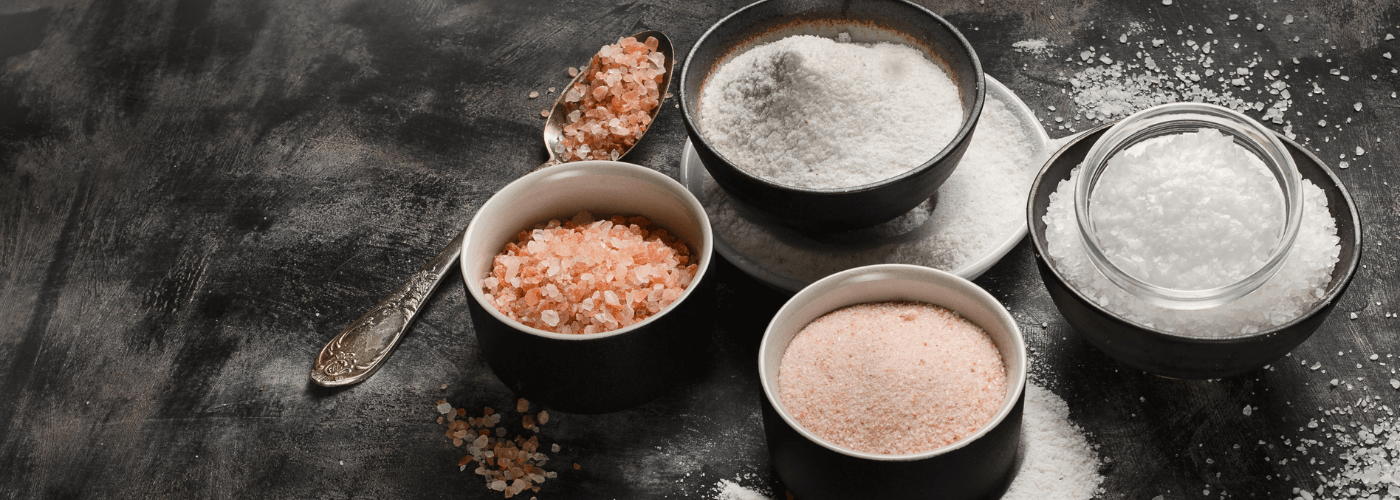
Salt enhances the flavour of your dough by bringing out the natural flavours of the flour and yeast. The trick, like with any other recipe, is to add “just the right quantity” of it to your dough.
There are four kinds of salts that are commonly used in baking.
- Table Salt
- Kosher Salt
- Sea Salt
- Coarse Salt
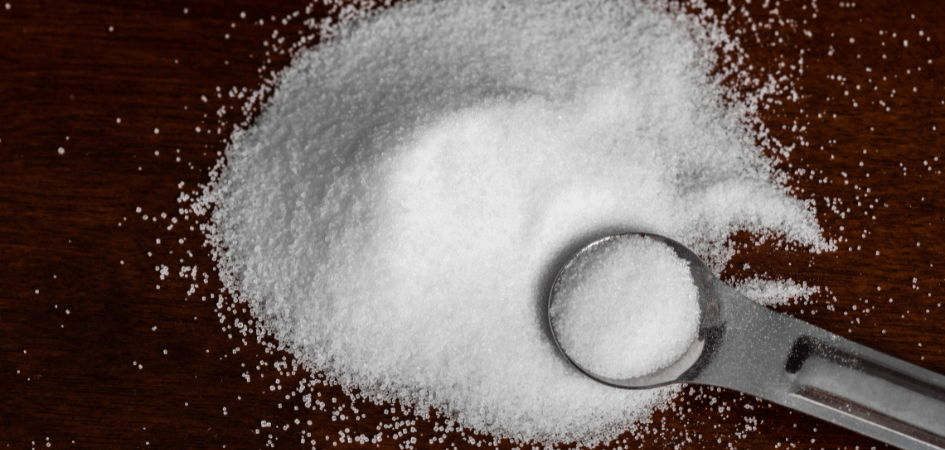
1. Table Salt
The advantages of table salt are its consistent saltiness and refined size, which makes it easier to measure. Table salt dissolves easily and is perfect for baking. In general, baking recipes call for table salt, and other salts should not be used as a substitute. Table salt inhibits yeast growth while also strengthening gluten. Because it serves a crucial purpose, it must be precisely measured.
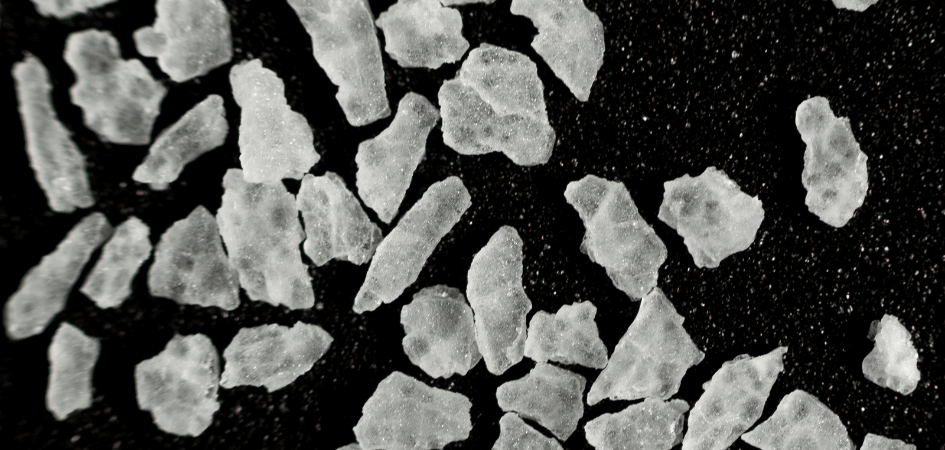
2. Kosher Salt
Kosher salt is a salt that has no additives. It is racked during evaporation, which produces the distinctive flakes. Kosher salt is available in coarse and fine grains. Because it disperses fast into components, fine grain is ideal for baking. A coarse grain salt may have difficulty evenly dispersing through a baking recipe, which you do not want.
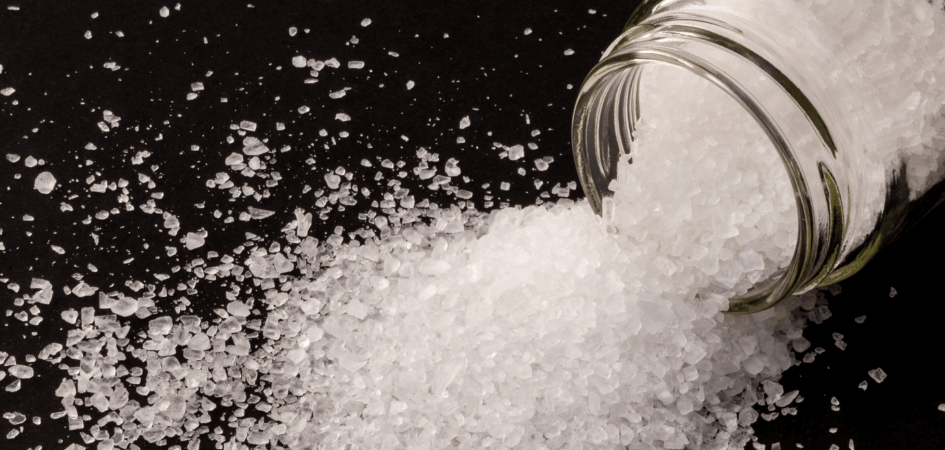
3. Sea Salt
The addition of salt to baking strengthens the dough and improves the flavour of the bread. It can be used for table salt in most recipes. This salt is rougher in texture than table salt. If you use it in bread or sweets, make sure to use the same weight because volumetric measures will differ. If using sea salt, a small amount of more salt may be required.
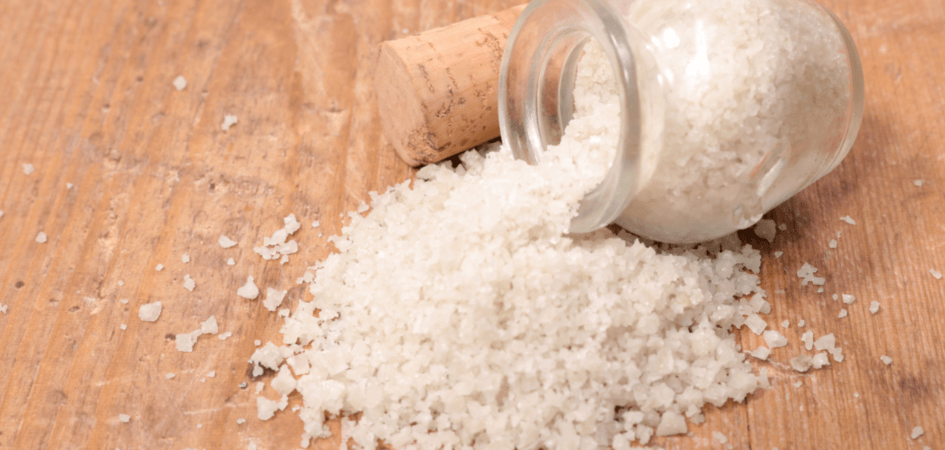
4. Coarse Salt
A pinch of coarse salt in the batter will not give the cake a salty flavour. Rather, salt decreases bitterness while allowing sweetness to shine through, resulting in a more well-rounded flavour. The same is true for bread dough; a pinch of salt elevates the flavour from flat to full.
